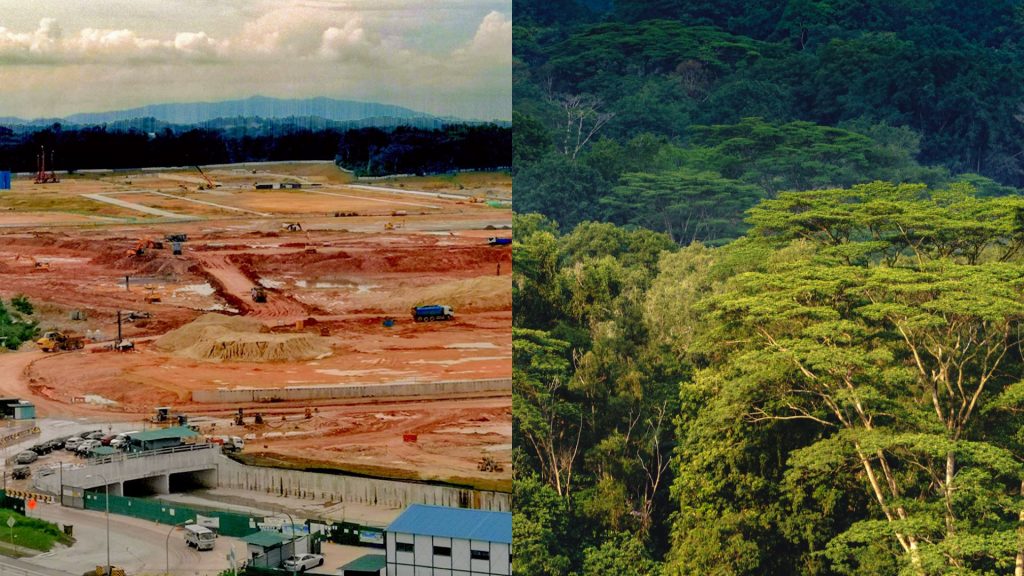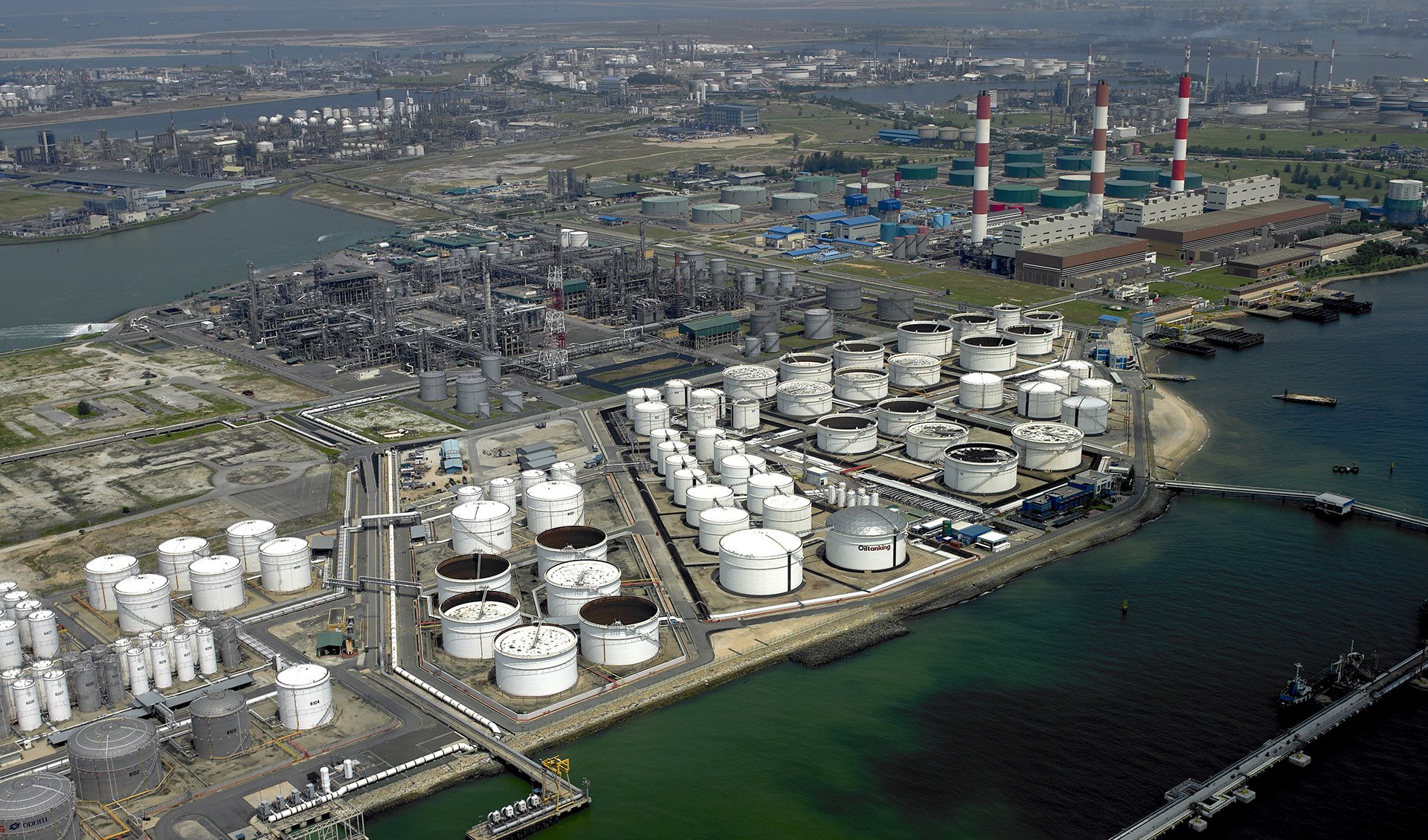[ad_1]
– Advertisement –
SINGAPORE: On paper, Singapore’s sustainable initiatives read like a success story. From the early City in a Garden vision to the ongoing One Million Trees movement, which has already planted over 755,000 trees, our island nation has built a brand synonymous with eco-forward innovation.

However, while the PR campaign is glossy and green, the reality on the ground is more complicated. Underneath the lush headlines and high-level targets, there’s an uncomfortable truth: For every tree planted, how many habitats are lost to concrete, steel, and glass? Are newly planted trees as effective as mature carbon sinks that once stood in their place? Also, crucially, do our numbers account for what we’ve lost?
Beneath the easily promotable metrics, Singapore’s sustainability ambitions rest on five pillars: City in Nature, Sustainable Living, Energy Reset, Green Economy, and Resilient Future. This piece focuses on Sustainable Living and Energy Reset, two pillars that will carry the weight of our net-zero promise by 2050.
The price of going green: Carbon tax during a cost-of-living crisis

Singapore’s carbon tax—introduced at S$5/tCO₂e in 2019—is rising steeply: S$25 this year and up to S$80 by 2030. On paper, this aligns us with the Paris Agreement. In practice, it’s a high-stakes balancing act.
Globally, economists agree: Carbon must be priced between US$40 and US$100 per tonne for renewables to become truly competitive. However, the costs are real and immediate at home. Higher carbon prices drive up utility bills, transport costs, and inflation, hitting households hardest. Worse, there’s the threat of carbon leakage, where firms relocate to countries with looser rules, undercutting both climate and economic goals.
So what’s the path forward?
Smart economies cushion the blow.
- Canada issues carbon dividends directly to citizens.
- Germany funds green innovation in SMEs.
- The EU offers transition support to industries.
Singapore has taken some steps, such as transitional rebates and regulated energy pricing, but these lack a compelling just transition narrative, and in climate politics, perception matters. If the public feels unprotected, even the greenest policies risk backlash.
– Advertisement –
Still, global trends are catching up. With frameworks like IFRS S2 and EU carbon border taxes (see details below), firms can no longer greenwash or flee scrutiny by moving offshore. Carbon pricing must rise, but it must rise with justice. That means shielding families, helping firms adapt, and being honest: The road to net zero is expensive, but delay will cost us even more.
Semakau landfill: A ticking time bomb

In 2019, the Zero Waste Masterplan aimed to extend Semakau Landfill’s life beyond 2035, reduce waste-to-landfill per capita by 30%, and raise the domestic recycling rate to 30% by 2030.
However, five years on, reality is biting.
According to the National Environment Agency (NEA), Semakau was already over 50% full by 2023, and construction debris and incineration ash remain the primary contributors.
– Advertisement –
Domestic recycling rates fell to 12% in 2023, down from 22% in 2010.
Paper and plastic recovery sits below 6%, mainly due to contamination and poor segregation.
Meanwhile, food waste segregation is patchy. It’s only mandatory for large generators (>300 kg/day). Households? Voluntary and largely inaccessible. Most food waste still ends up incinerated, not digested. Co-digestion pilots exist, but Singapore lacks the full-scale anaerobic capacity to handle the bulk of food waste.
As a result, over 80% of food waste in Singapore is still incinerated—a loss of both nutrients and biogas potential.
In addition, while the e-waste Extended Producer Responsibility (EPR) scheme was launched in 2021, independent audits remain scarce, and enforcement mechanisms are weak. Packaging EPR lands in 2025—but again, the focus is on reporting, not reduction.
Commercial obligations are expanding, while households remain untouched.
Why this is more than a domestic issue: Global reporting standards
Under the climate disclosure frameworks established by the International Sustainability Standards Board (ISSB)—namely, IFRS S1 and S2—Singapore-listed companies will be required to adopt enhanced reporting practices starting from FY2025. These standards don’t just demand good intentions; they require measurable, auditable, and scenario-based outcomes.
Singapore’s waste management strategy, particularly its reliance on Semakau Landfill, presents significant challenges in meeting these requirements.
Under IFRS S1-20, companies must report clear metrics and targets. Yet, Singapore’s goal to achieve a 30% domestic recycling rate by 2030 looks increasingly out of reach, casting doubt on the credibility of such metrics.
IFRS S1-10 requires disclosure of material resource risks. The lack of redundancy or contingency plans poses a serious operational vulnerability for industries reliant on landfill infrastructure, such as construction, shipping, and FMCG.
In line with IFRS S2-14, firms are expected to conduct scenario planning. Given current waste generation trends, many companies may soon need to model a scenario where Semakau reaches full capacity before the official 2035 end-of-life projection.
Finally, circular economy disclosures under the ISSB are not satisfied by generic claims like “we recycle.” Firms must demonstrate quantifiable reductions in waste generation and progress in reuse, recovery, or redesign strategies—something Singapore’s current system does not robustly support.
The implication is clear: Semakau’s looming exhaustion is not just an environmental concern. It raises regulatory compliance risks, financial exposure, and reputational damage, especially as international investors and stakeholders demand accountability aligned with ISSB norms.
A systems problem
Singapore’s sustainability ambitions are genuine and commendable, but real friction exists between vision and reality.

Waste-to-landfill volumes remain persistently high. Domestic recycling rates have declined instead of improved. Critical infrastructure projects like Tuas Nexus face delays, and most urgently, there is no publicly announced alternative to Semakau once it reaches capacity.
Without decisive and structural reforms, such as mandatory food waste segregation at the household level, enforceable industrial reuse obligations, and a nationwide pivot toward a genuinely circular economy, Singapore risks more than just missing its green targets. It risks losing credibility in the eyes of the global community.
For a nation built on engineering precision and policy foresight, Semakau is no longer just a landfill. It is a test of our commitment, clarity, and courage.
If Singapore is to pass the global credibility test, it needs three things: food waste reform at home, serious industrial reuse obligations, and landfill alternatives on record.
And the clock is ticking.
– Advertisement –
[ad_2]
Source link

